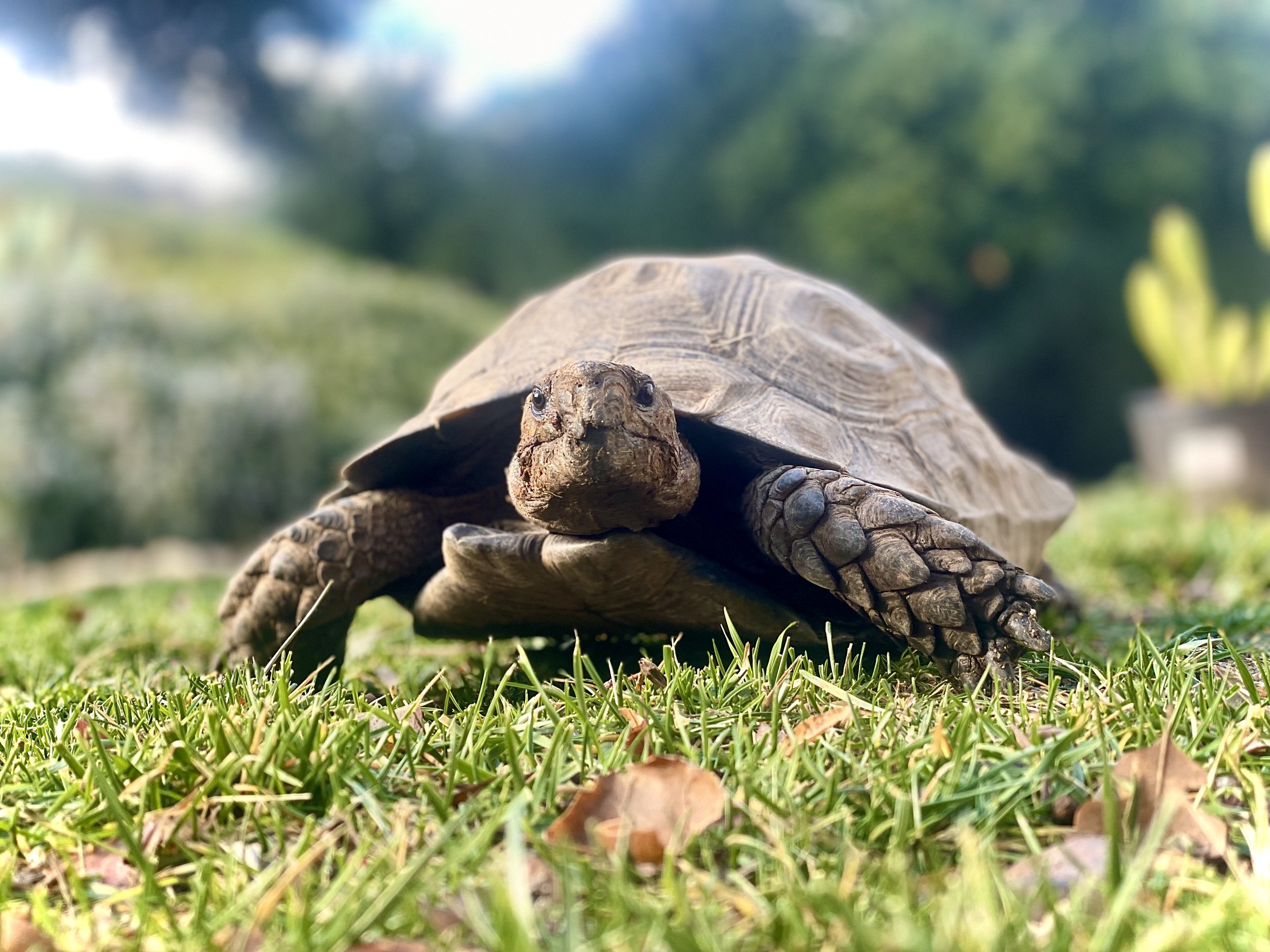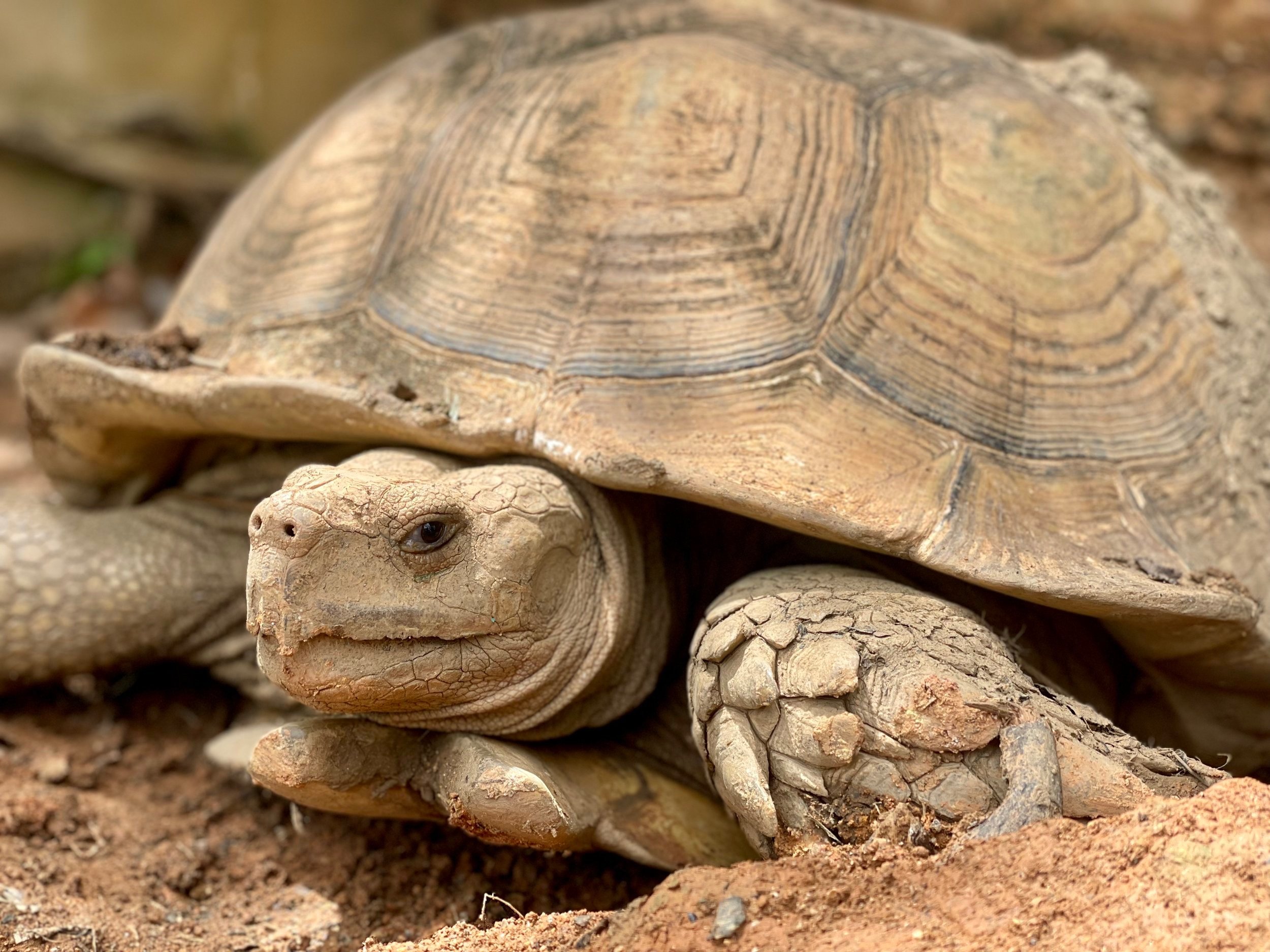
Preventing extinction by protecting turtles and tortoises in need.
See how we are making a difference.
-

Puerto Rico Zoo Rescue
Our biggest rescue to date took place in the territory of Puerto Rico where we assisted in a massive animal welfare rescue alongside the US Fish and Wildlife Service to remove over 250 reptiles, 83 of which were turtles and tortoises. The zoo was shutdown in 2014 after being thrashed by two hurricanes which left the zoo in disarray. With no plans to recover and reopen the US Department of Justice ordered all the animals to be removed in early 2023; and that’s where we came in.
-
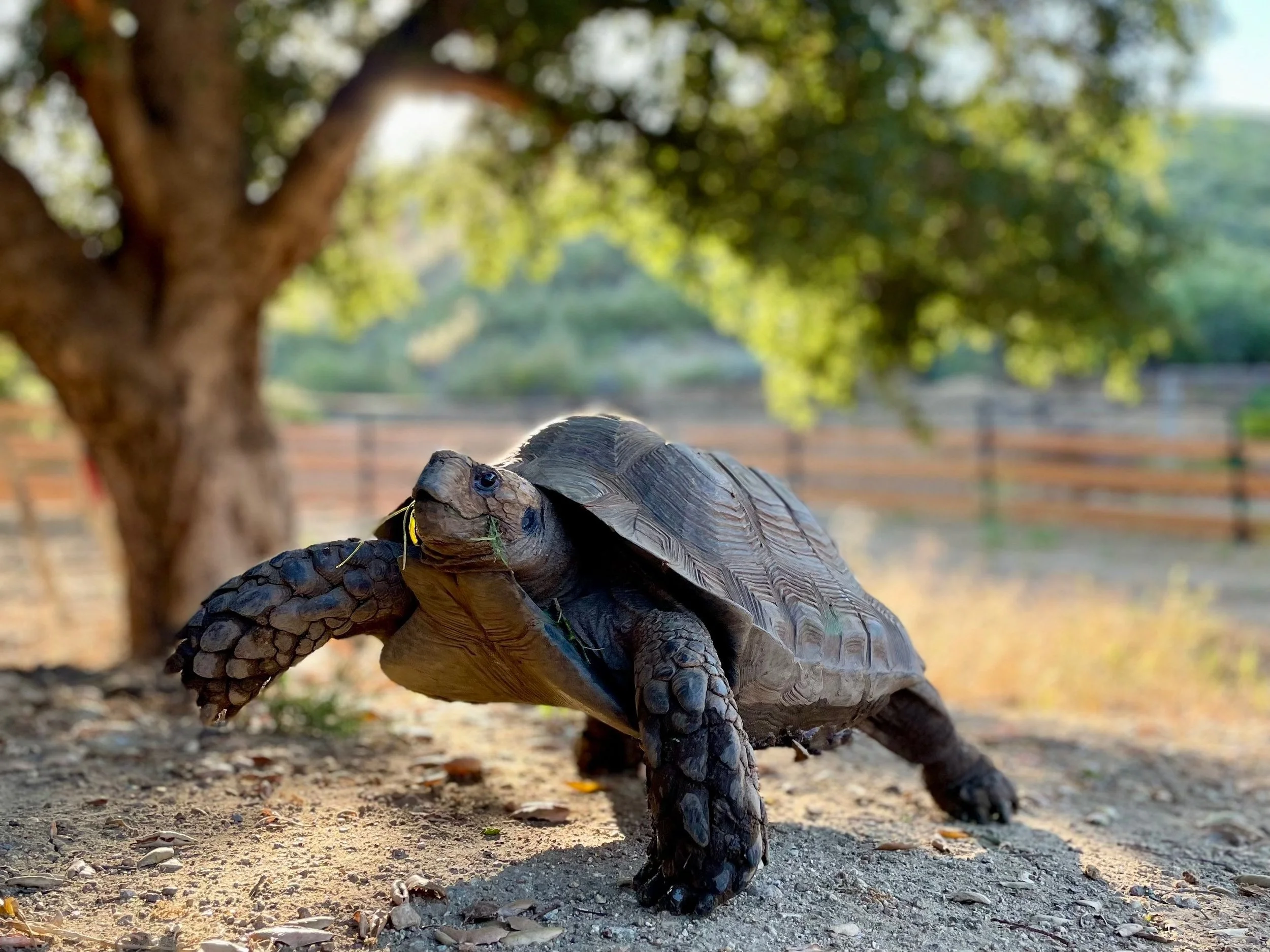
Burmese Mountain Tortoise Habitat
Thanks to a generous grant from the Flora L. Thornton Foundation we recently build a brand new 3,600 square foot Burmese Mountain Tortoise habitat for our conservation breeding group. This species represent the most prehistoric tortoises alive today and require unique husbandry requirements including the necessity of access to leaf litter for nest building.
-
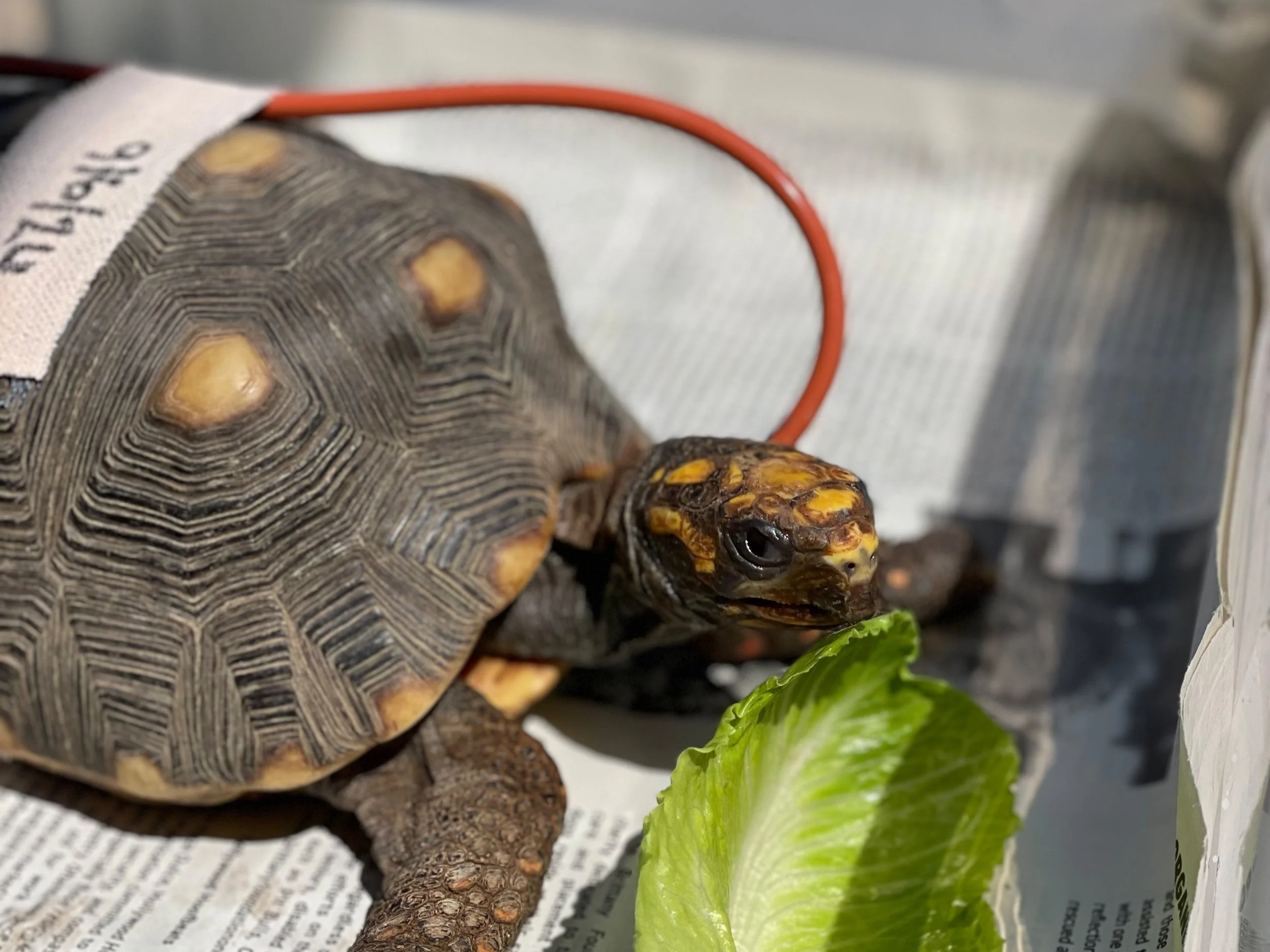
Rescues in Need
Our rescues are centered around welfare cases when the owners can not afford to provide necessary veterinary care. Pictured here is our most recent rescue, “Big Red” a male red-footed tortoise, that suffered from sever dehydration and anorexia. When the owners could not afford the veterinary care required for a chance of survival we received the call to step up and help. Gladly we can report “Big Red” is now eating well on his own, gaining weight, and the feeding tube has been removed.
-

Veterinary Care
At Carapace Conservation we regularly work with veterinarians to assure all the animal in our program maintain optimal health. These turtles and tortoises also serve as our control group for husbandry, diet, and metabolic studies since we have a thorough understanding of their care and health.
-
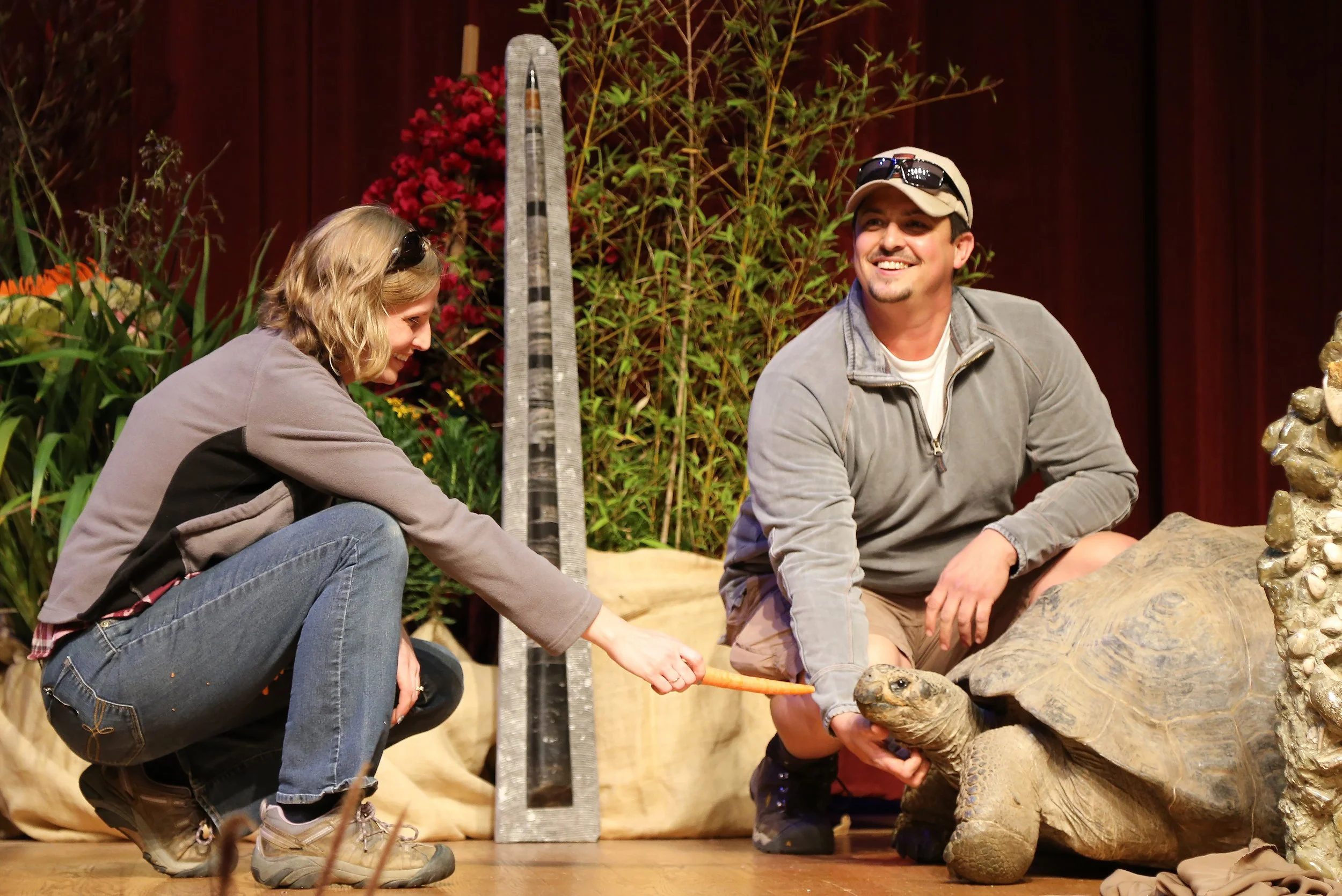
Education
Through educational presentations we share the importance of protecting and caring for turtles and tortoises. One goal is for the younger generation to see the value is protecting them for the future. The other is to educate owners, zoo keepers, and veterinarians who are currently working with these species about their required husbandry for a long healthy life.
